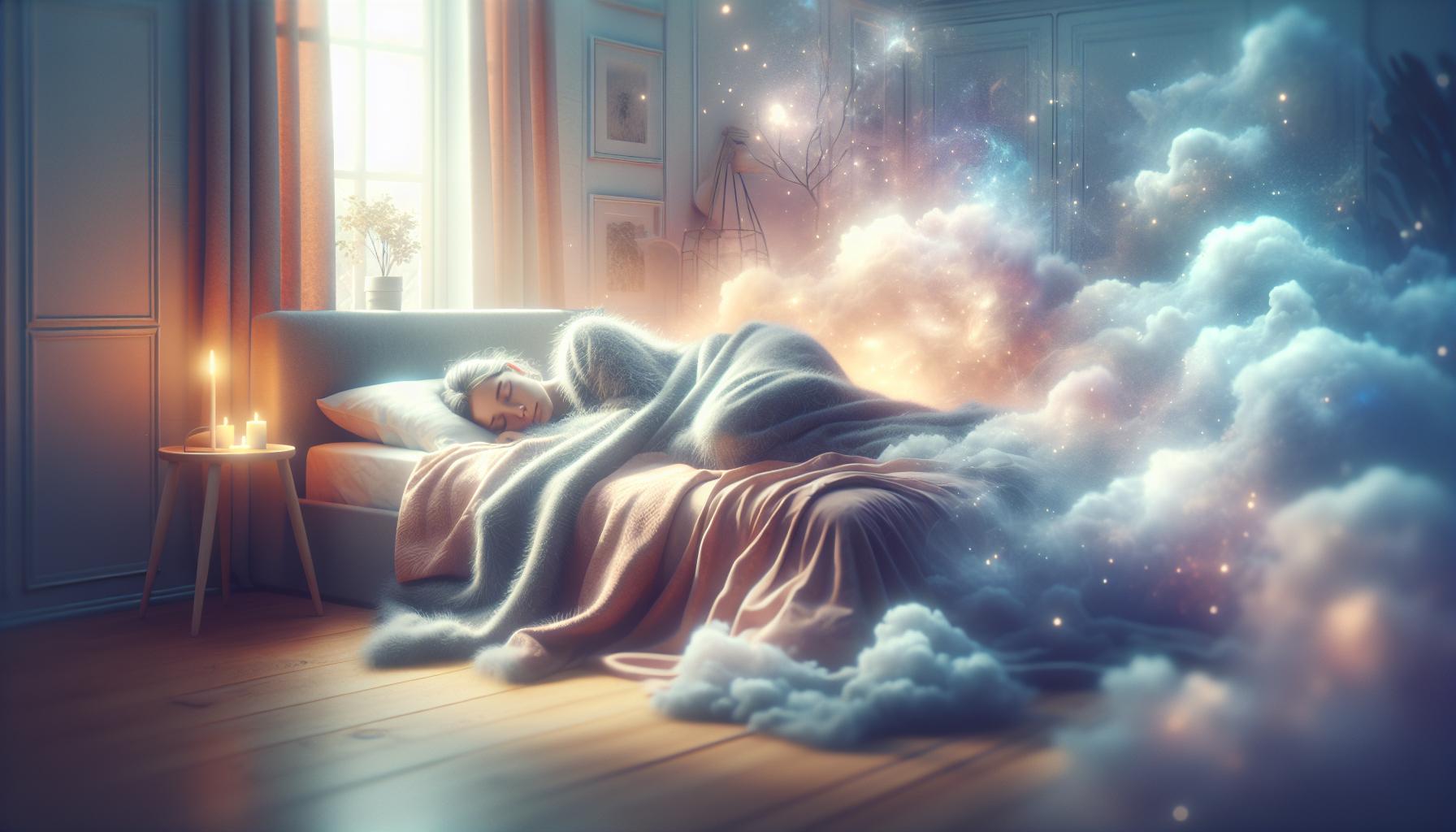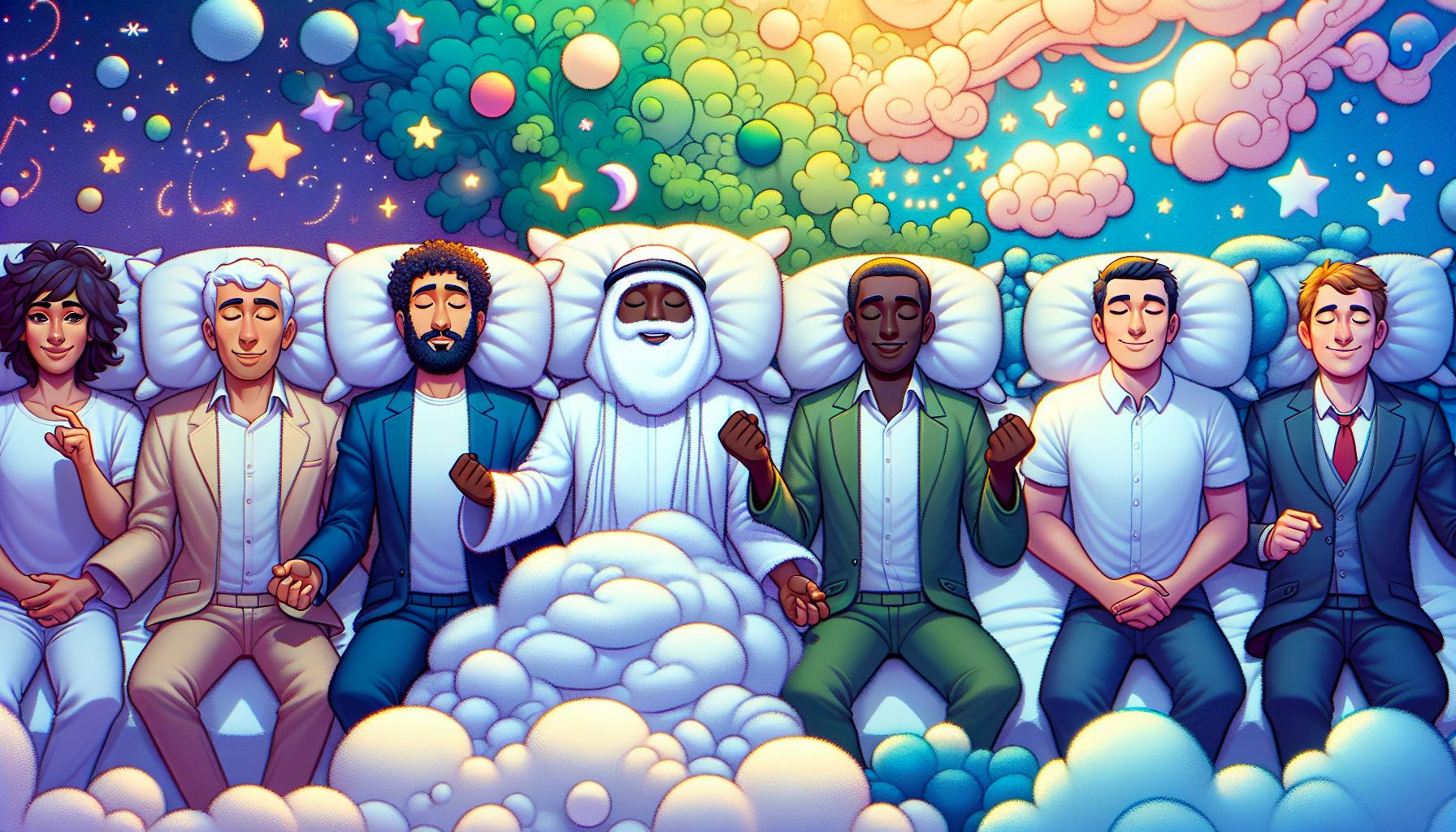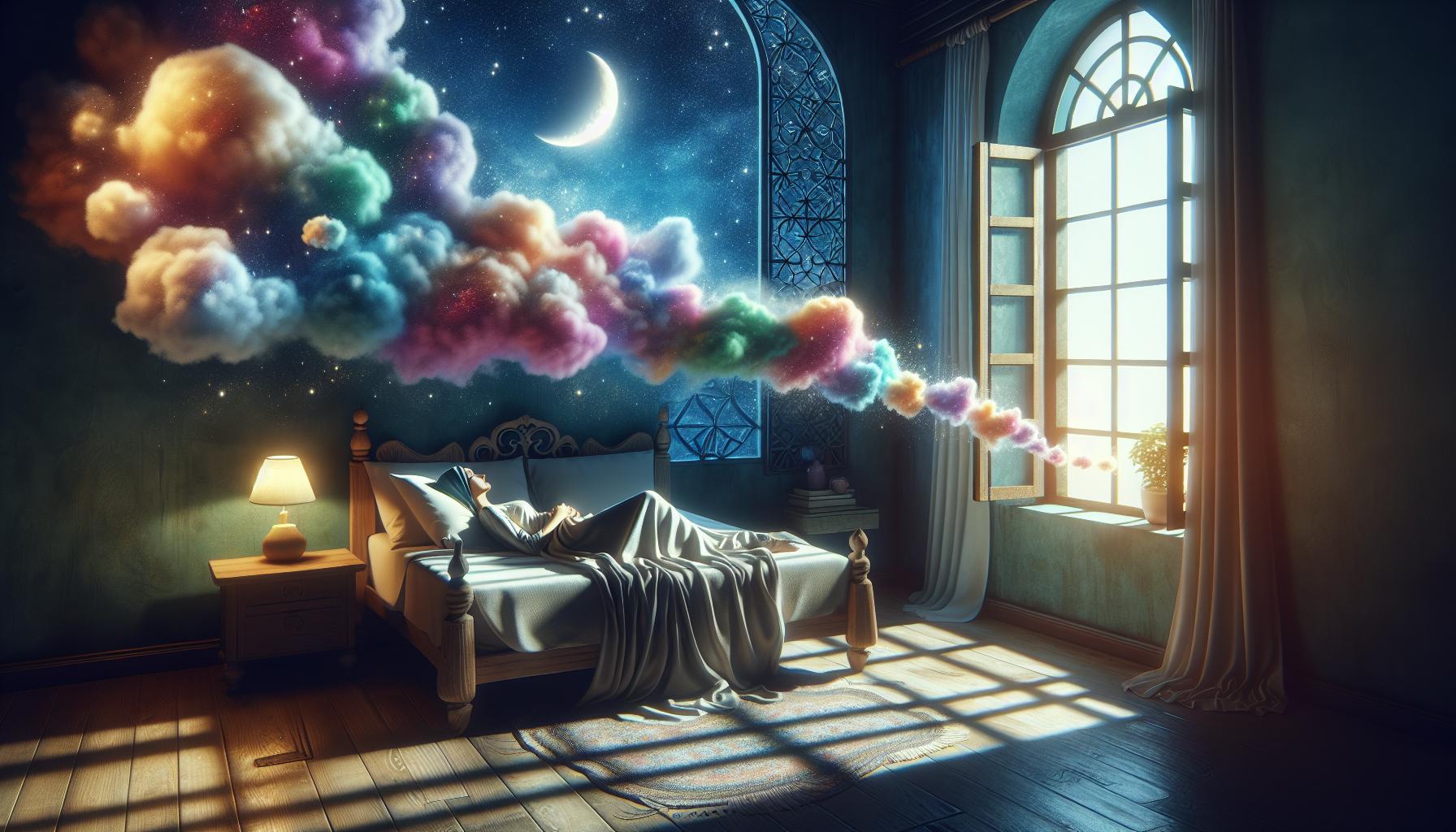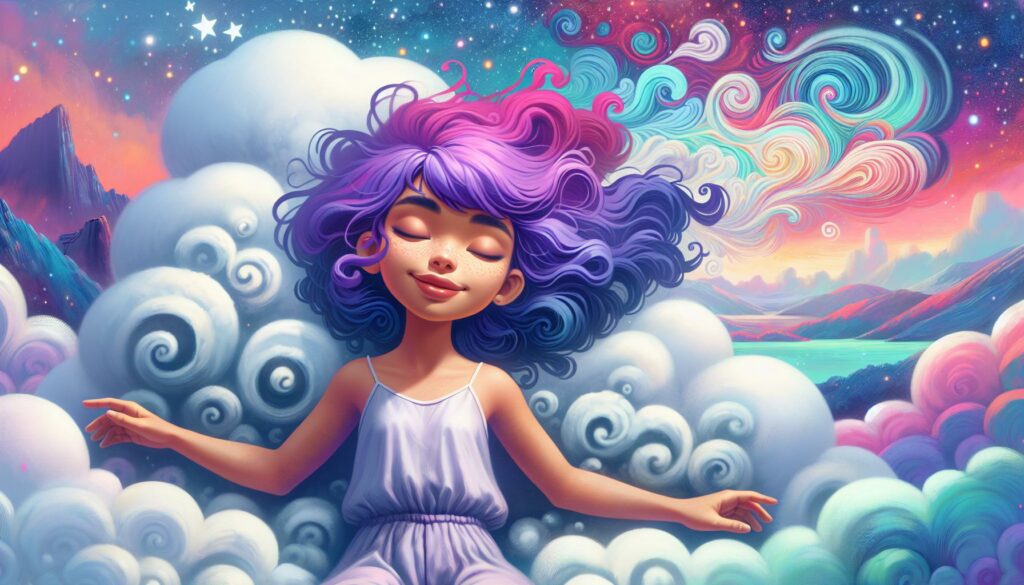Sleep is a fascinating realm where our minds wander and our bodies recharge. I’ve always been captivated by the intricate dance between consciousness and dreams, especially when it comes to the world of animation. The way animated characters experience sleep can reveal so much about their personalities and the narratives they inhabit.
In this article, I’ll explore the enchanting portrayal of sleep in animation, from whimsical dream sequences to the serene moments of rest. Whether it’s a beloved cartoon or a thought-provoking film, the depiction of slumber often carries deeper meanings. Join me as I dive into this dreamy topic and uncover the magic that happens when animation and sleep collide.
Key Takeaways
- Animated portrayals of sleep reveal character traits and play crucial roles in storytelling, showcasing varying styles from serene to chaotic.
- Visual style and animation techniques enhance the depiction of sleep, using colors and movements to convey emotions and moods.
- Dream sequences serve as a narrative device, offering deeper insights into characters’ fears and desires while symbolizing vulnerability and introspection.
- User experience is enriched through accessibility measures and interactive elements, allowing for deeper engagement with the animated content.
- Audience and expert feedback highlight the relatable and emotionally impactful nature of sleep in animation, reinforcing its significance as a creative narrative tool.
Animated:Gfnftn-N4wu= Sleeping
Animated:Gfnftn-N4wu= Sleeping showcases various interpretations of sleep within animation. Characters reflect different sleep styles, ranging from the serene to the chaotic, revealing their personality traits. I observe how dream sequences often serve as a narrative device, providing insights into characters’ fears and desires.
Scenes of slumber frequently symbolize vulnerability and introspection, compelling viewers to connect with the characters on a deeper level. Whimsical depictions, like flying through dreams or encountering surreal landscapes, allow for creativity while emphasizing the importance of rest.
In many animated features, sleeping characters trigger significant plot developments. Examples include unexpected awakenings that lead to character transformations or adventures. Animation captures the essence of sleep, portraying it as both a physical necessity and a narrative catalyst. This exploration into animated sleep offers rich terrain for both storytelling and character development, encouraging me to appreciate its multifaceted role in animation.
Key Features

Animated portrayals of sleep offer distinct features that enhance storytelling and character depth. The visual style and animation techniques contribute significantly to how sleep is represented in various animated works.
Visual Style
Visual style plays a crucial role in depictinganimated:gfnftn-n4wu= sleeping. Bright colors and fluid lines often create a dreamy atmosphere. Subtle shifts in color saturation can indicate mood changes during slumber moments. For example, soft pastels accompany serene sleeping scenes, while vibrant, contrasting colors illustrate chaotic nightmares. Character designs also reflect personality traits through sleep stances, such as curled-up figures suggesting vulnerability or sprawling positions displaying confidence. Such stylistic choices directly influence audience perception, making sleep a captivating visual element in animations.
Animation Techniques
Animation techniques enhance the portrayal of sleep through various methods. Frame-by-frame animation allows for nuanced expressions of restful states, capturing the intricacies of breathing and body movement. Tweening aids in creating smooth transitions between sleep and wakefulness, emphasizing the character’s emotional journey. Additionally, sound design plays a pivotal role, with ambient noises or lullabies complementing the visuals to immerse viewers in the scene. Techniques like slow-motion emphasize the tranquility of sleep, drawing viewers into the experience. These methods transform sleep into a dynamic storytelling tool within animation.
User Experience

Animated depictions of sleep enhance user experience by providing layered storytelling and relatable character moments. Viewers engage with these representations in ways that evoke emotions and spark connections with the characters.
Accessibility
Accessibility in animation focuses on ensuring that diverse audiences can appreciate animated portrayals of sleep. Closed captions help convey sound effects and background details in dream sequences. Visual contrast between characters and backgrounds aids visually impaired viewers in identifying important elements. Additionally, using familiar narratives and themes allows a wider range of audiences to relate to characters’ experiences of sleep, fostering an inclusive environment where everyone can enjoy the art.
Interactivity
Interactivity enhances the user experience by allowing viewers to engage with the animated content on a deeper level. Interactive storytelling elements like choose-your-own-adventure scenarios enable audiences to influence a character’s sleep journey. Gamified elements, such as mini-games surrounding dream exploration or sleep challenges, captivate viewers and encourage active participation. These features create a compelling experience where users not only watch but also immerse themselves in the world of animated sleep, enriching their connection to the characters and narratives.
Critical Reception

The portrayal of sleep in animation has garnered diverse responses from audiences and experts alike. These reactions underscore the significance of how sleep can shape narratives and character arcs in animated works.
Audience Feedback
Viewers often resonate with the animated depiction of sleep, finding it relatable and emotionally impactful. Many audience members appreciate the blend of whimsy and vulnerability portrayed in dream sequences, noting how they reflect their own experiences. Comments frequently highlight the creativity in visual representations, with audiences expressing admiration for the artistry involved. Social media platforms showcase discussions around favorite moments, illustrating how animated sleep scenes evoke nostalgia and joy.
Expert Reviews
Critics have noted the importance of sleep representations in animation as a powerful narrative tool. Reviewers from animation-focused publications emphasize how these depictions deepen emotional engagement, making characters more relatable. Experts praise animation techniques, such as frame-by-frame detail and soundscapes, that enhance the experience. Many reviewers argue that the nuanced portrayal of sleep goes beyond simple scenes of rest; it contributes to character development and thematic richness. Overall, expert analysis consistently reinforces the critical role of sleep in animation as a means to connect audiences with characters on a personal level.
Animated Sleep
Exploring the world of animated sleep has opened my eyes to the depth and creativity embedded in these portrayals. Each character’s slumber tells a unique story that resonates with viewers on multiple levels. The whimsical dream sequences and serene moments of rest not only entertain but also invite us to reflect on our own experiences with sleep.
I’ve come to appreciate how these animations enhance character development and emotional engagement. The intricate techniques used to depict sleep foster a connection that transcends mere visuals. As I dive deeper into this fascinating realm, I’m excited to see how future animations will continue to explore and innovate the portrayal of sleep, enriching storytelling and audience experiences even further.

